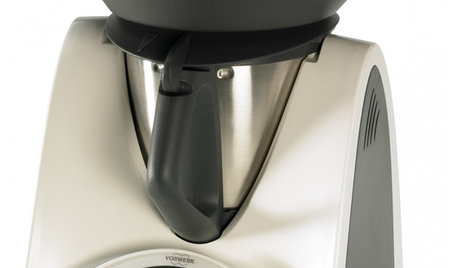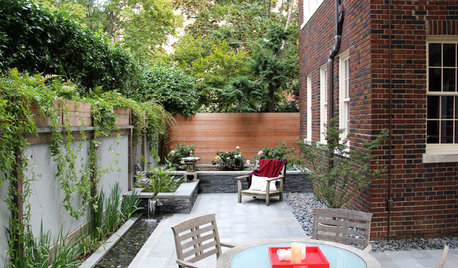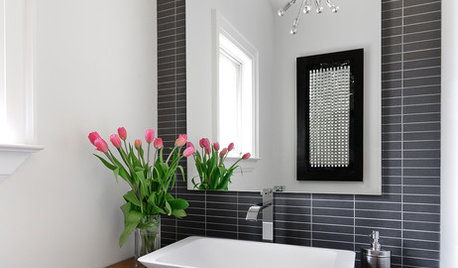Tomatoes Won't Grow - Help!
naomi1435
16 years ago
Related Stories

EDIBLE GARDENSSummer Crops: How to Grow Tomatoes
Plant tomato seedlings in spring for one of the best tastes of summer, fresh from your backyard
Full Story
LIFEYou Said It: ‘Put It Back’ If It Won’t Help Your House, and More Wisdom
Highlights from the week include stopping clutter from getting past the door, fall planting ideas and a grandfather’s gift of love
Full Story
BATHROOM DESIGNRoom of the Day: A Closet Helps a Master Bathroom Grow
Dividing a master bath between two rooms conquers morning congestion and lack of storage in a century-old Minneapolis home
Full Story
COLOR10 Reasons to Make a Splash With Tomato Red
You won’t duck at these tomatoes. See how bold red shades can play up architecture, light up a dark spot and add drama
Full Story
KIDS’ SPACES7 Kids’ Bedroom Decor Ideas That Won’t Break the Bank
Take an economical approach to decorating your child’s room with these DIY ideas
Full Story
FURNITURE12 Sofa Colors That Won't Box You In
With any of these colors as a base, you can change your decor as often as you change your mind
Full Story
REMODELING GUIDESYou Won't Believe What These Homeowners Found in Their Walls
From the banal to the downright bizarre, these uncovered artifacts may get you wondering what may be hidden in your own home
Full Story
HOME TECH3 Kitchen Contraptions You Won’t Believe
Pizza hot from the printer, anyone? These cooking gadgets harness imagination and high tech — and have price tags to match
Full Story
PATIOSPatio Details: Dog Won’t Trample the Plants With This Design
An Asian-inspired backyard redo adds clean lines, a new water feature and a sense of spaciousness — with room for a large beloved dog
Full Story
BATHROOM MAKEOVERS9 Powder Room Splurges You Won’t Regret
Make a big statement in your smallest room
Full StorySponsored
More Discussions






raisemybeds
naomi1435Original Author
Related Professionals
Marco Island Landscape Architects & Landscape Designers · Otsego Landscape Architects & Landscape Designers · Summit Landscape Architects & Landscape Designers · Amesbury Landscape Contractors · Rio Linda Landscape Contractors · Snoqualmie Landscape Contractors · Winter Gardens Landscape Contractors · Arlington General Contractors · Elyria General Contractors · Groveton General Contractors · Meadville General Contractors · Port Saint Lucie General Contractors · Dorchester Center Decks, Patios & Outdoor Enclosures · Bonney Lake Decks, Patios & Outdoor Enclosures · Honolulu Decks, Patios & Outdoor Enclosuresbobolink
digdirt2
naomi1435Original Author
drtomato
drtomato
sunsi
naomi1435Original Author
bobolink
naomi1435Original Author
drtomato
angelonia_anne
digdirt2
oldroser